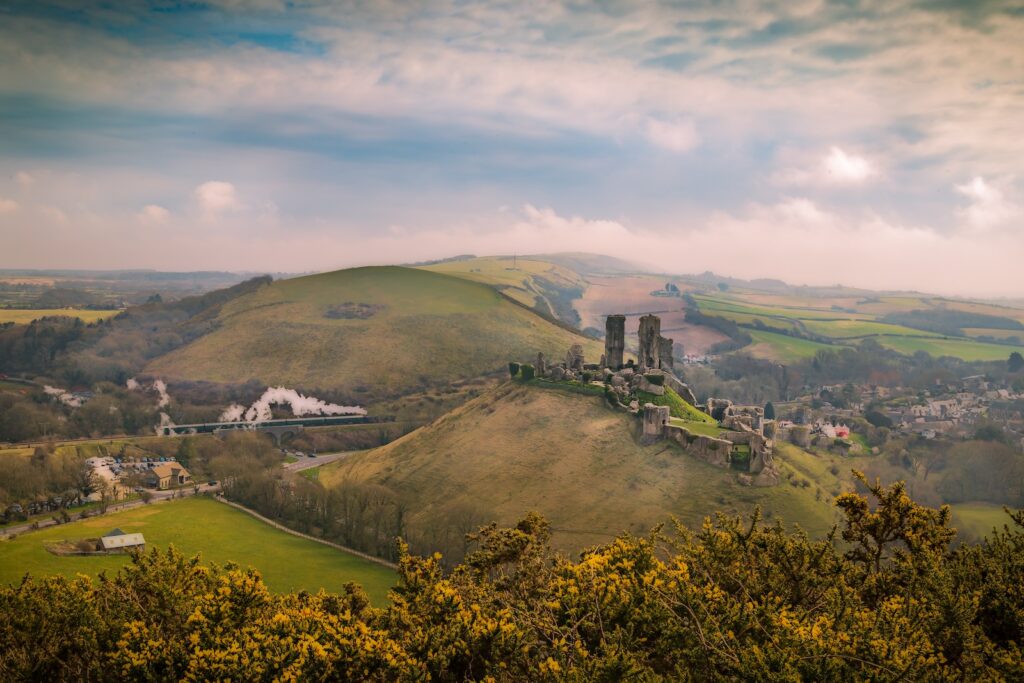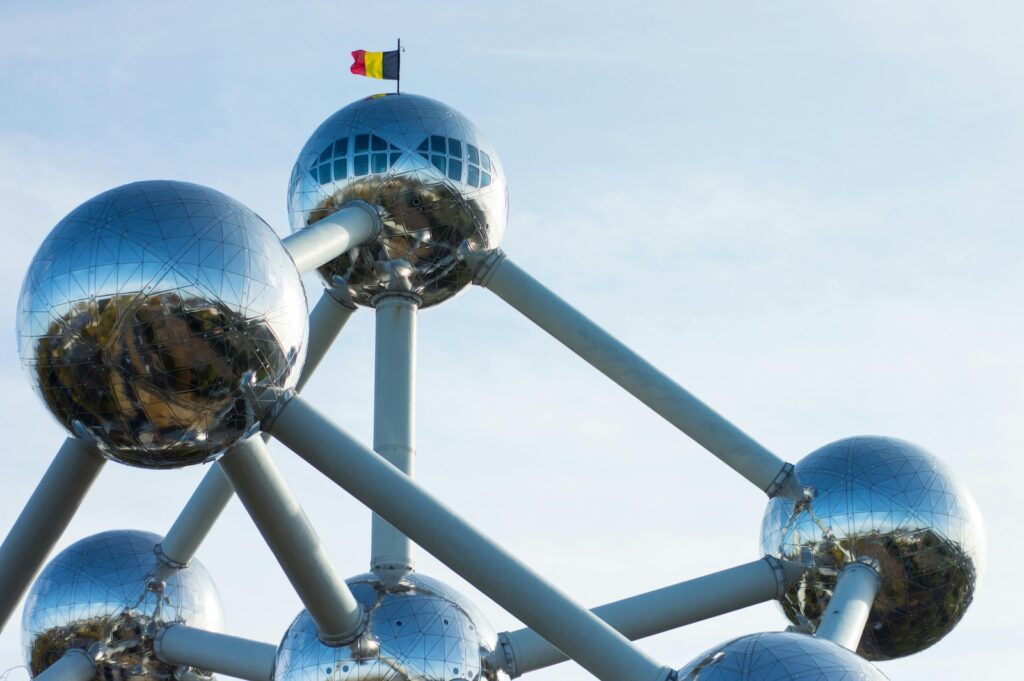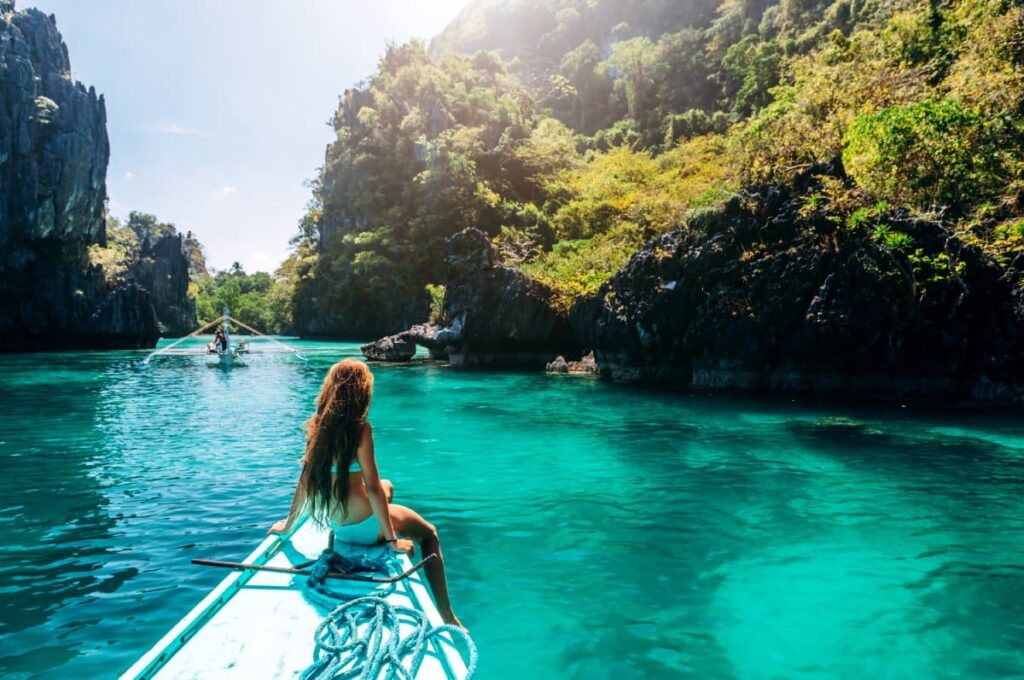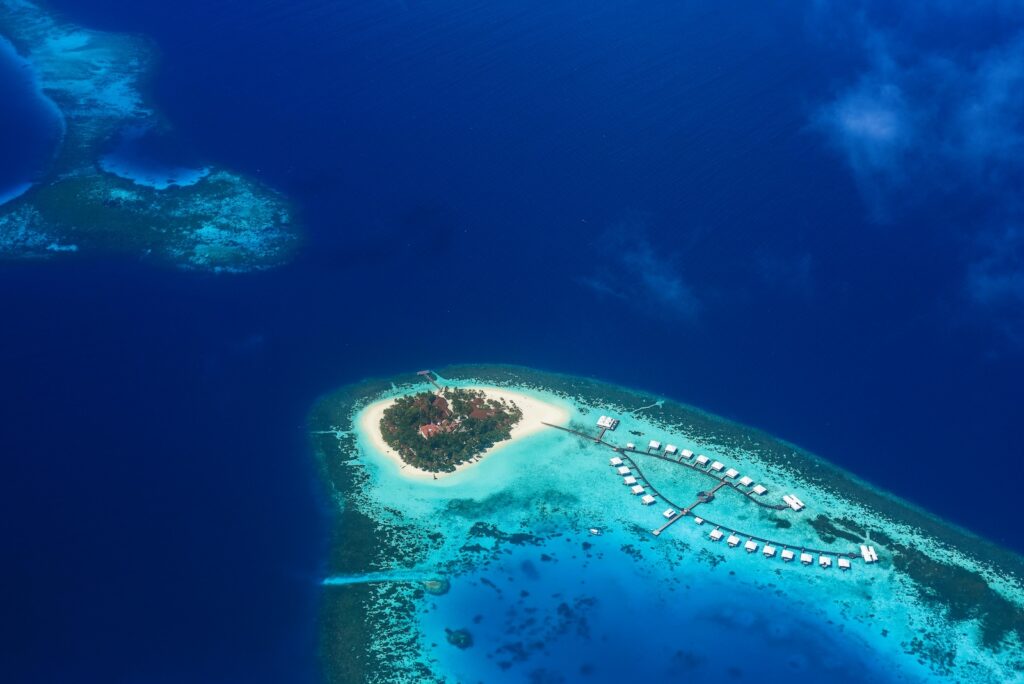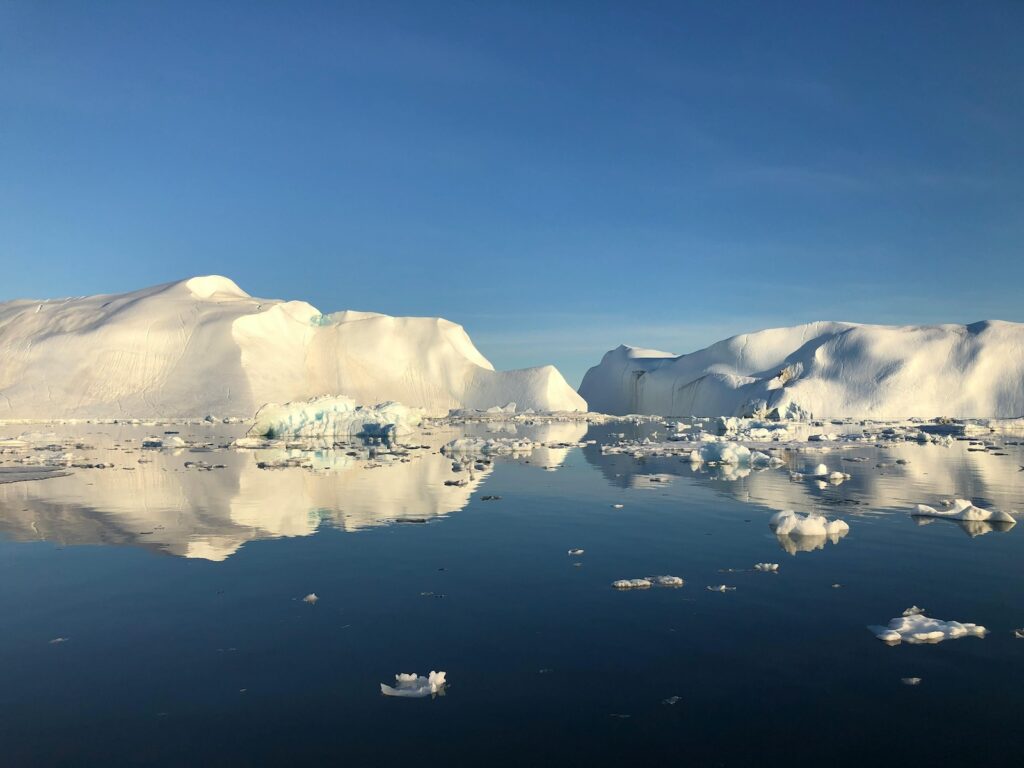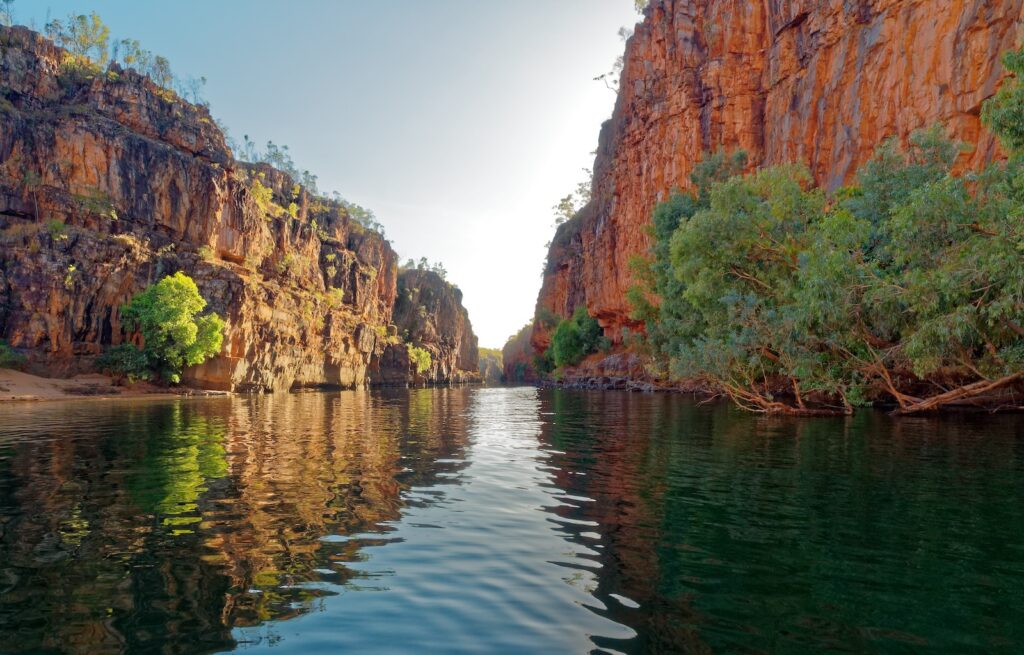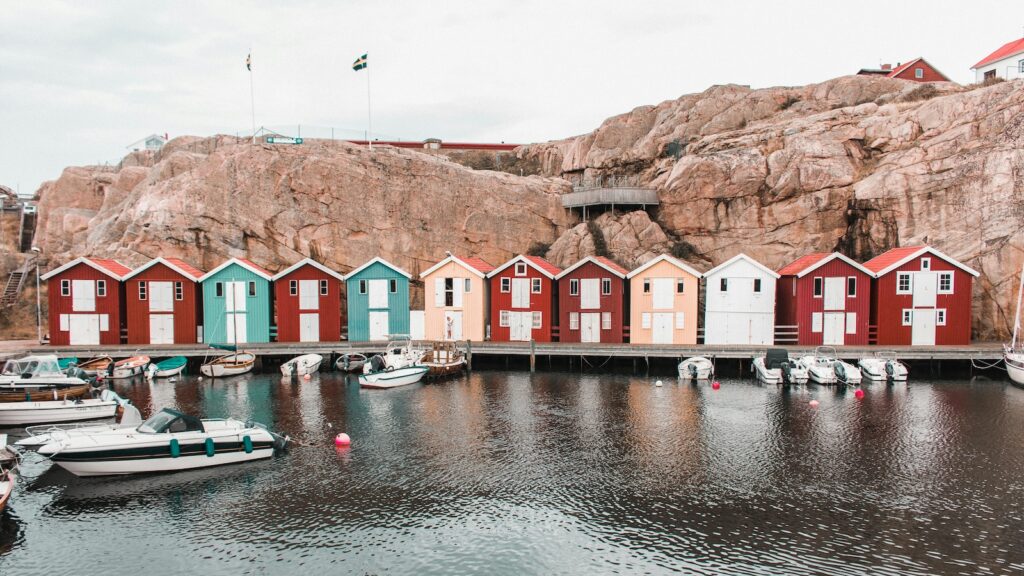If you’re anything like me, travel isn’t just a passion—it’s a way to connect with the world’s stories and people. But with travel roaring back post-pandemic, some of the world’s most iconic and beloved destinations are struggling with the strain of overtourism.
The summer of 2024 saw record-breaking visitor numbers across Europe and beyond, putting immense pressure on local communities, infrastructure, and ecosystems. As more places take action, it’s time for us, as travelers, to consider how we can be part of the solution. Here’s how these popular cities are stepping up and what we can do to make more responsible choices.
European Hotspots Under Pressure
Pompeii, Italy: Walking through the ancient ruins of Pompeii is like stepping back in time, but the sheer volume of visitors has started to take its toll. To safeguard this UNESCO World Heritage site, authorities have introduced daily visitor caps. These measures help protect the fragile ruins while ensuring future generations can continue to marvel at Pompeii’s archaeological wonders. If you’re planning a visit, booking in advance is essential. This move isn’t just about preservation; it’s a call for mindful exploration—taking in history without contributing to its decline.
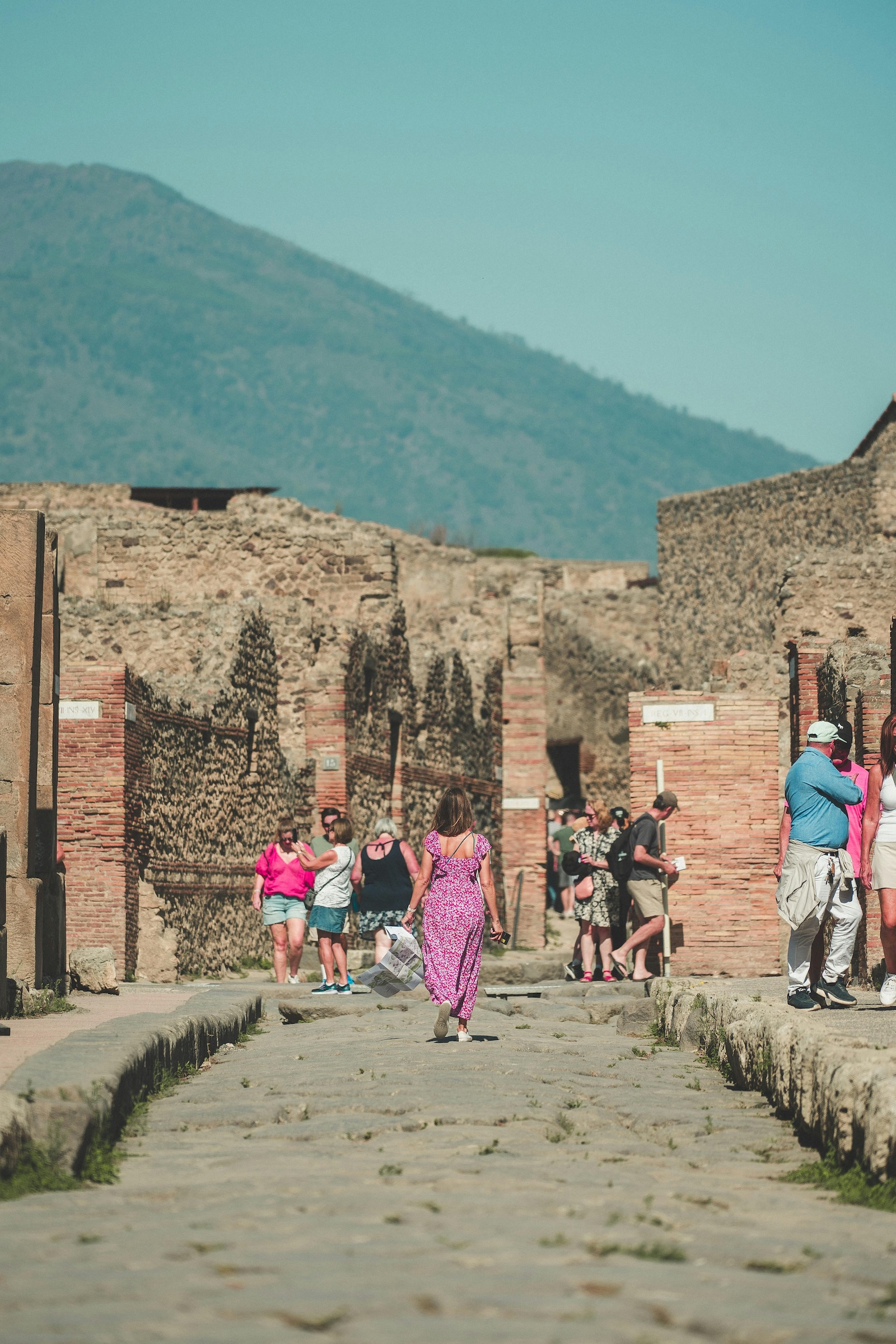
Slovenia’s Julian Alps: The Julian Alps have become a beacon for outdoor enthusiasts, but increased foot traffic has put significant stress on the trails and natural environment. In response, Slovenia has introduced a fee for hikers, aiming to fund conservation and trail maintenance. It’s a reminder that even the most pristine destinations have limits, and our footprints should be as light as possible. For those seeking a quieter adventure, visiting during the shoulder seasons not only reduces crowds but lets you witness the untouched beauty of the Alps.
Venice, Italy: Venice, often synonymous with romance and art, has become a poster child for overtourism. To address its overwhelming crowds, the city is implementing new entry fees for day-trippers and limiting access during peak periods. The aim? To protect the city’s fragile infrastructure and iconic canals while supporting a more sustainable form of tourism that benefits local residents.
Barcelona, Spain: In recent years, Barcelona has faced the dual challenge of booming tourist numbers and local pushback. The city has introduced measures like capping the number of tour groups allowed in popular areas and stricter regulations on short-term rentals. These actions help manage the influx while preserving the authentic experience for both visitors and residents. Recent climate events, such as the floods that impacted Valencia and neighboring areas, highlight the urgency of sustainable tourism practices in these regions.
Policy Shifts in Urban Areas
Málaga, Spain: Málaga, with its blend of historical sites and Mediterranean vibrancy, is tackling overtourism by banning short-term rentals in over 40 neighborhoods. The goal? To address housing shortages and ease the strain on local residents while preserving the city’s character. For travelers, this means considering longer stays or accommodations that support local communities, like family-owned guesthouses or hotels that follow sustainable practices.
Dubrovnik, Croatia: Dubrovnik, famed for its medieval walls and Game of Thrones fame, has struggled under the weight of mass tourism. In response, the city has imposed caps on cruise ship arrivals and restricted visitor numbers to the historic old town. These measures aim to protect its UNESCO World Heritage status and prevent damage to its ancient structures.
Hawaii’s New Direction: Hawaii’s breathtaking landscapes draw millions of visitors, but even paradise has limits. To promote climate resilience and protect local resources, the state is curbing short-term rentals and advocating for sustainable tourism practices. This shift is crucial for maintaining Hawai’i’s natural beauty and supporting local residents. Visitors are encouraged to seek out eco-friendly accommodations and respect the ‘aina’ (land), which is central to the island’s identity.
The Push for Sustainable Tourism
The record-breaking numbers from summer 2024 underscored an urgent reality: popular tourist destinations need sustainable strategies to balance visitor influx with local well-being. Overtourism isn’t just about crowded attractions; it impacts everything from housing prices to natural ecosystems. Cities and regions are now taking proactive steps to protect their heritage and improve quality of life for their communities.
How to Be a Mindful Tourist
These measures remind us that thoughtful travel is more important than ever. Here’s how we can make responsible choices:
- Plan Your Visit Wisely: Choose off-peak times to travel. Not only will this give you a richer, more relaxed experience, but it also helps alleviate pressure on popular sites.
- Adhere to Local Guidelines: Understand and respect any visitor caps, entrance fees, or restricted areas. These rules are in place for a reason—to ensure places remain as captivating as they are today.
- Support the Local Economy: Opt for accommodations and dining experiences that benefit local communities. Small, family-run establishments often provide a more authentic and sustainable travel experience.
- Be Conscious of Climate Events: Recent climate challenges, such as the severe floods in Valencia that affected nearby areas like Barcelona, highlight the connection between tourism, climate change, and local resilience. Be mindful of the environmental impact of your visit and adjust your plans if needed to support recovery efforts.
Everyone Needs to do Their Part
The way we travel is changing, and we need to change with it. From Pompeii’s historical ruins to the serene trails of the Julian Alps, and from the canals of Venice to the cobbled streets of Dubrovnik, these destinations are doing their part to manage overtourism—and we should too. By making thoughtful, responsible choices, we can ensure that these places continue to enchant travelers for years to come.
Ready to explore with intention? Check out our detailed guides on how to make your travels meaningful while supporting the places you love.
Featured Image Credit: Pexels / Tibor Szabo.
For transparency, this content was partly developed with AI assistance and carefully curated by an experienced editor to be informative and ensure accuracy.



